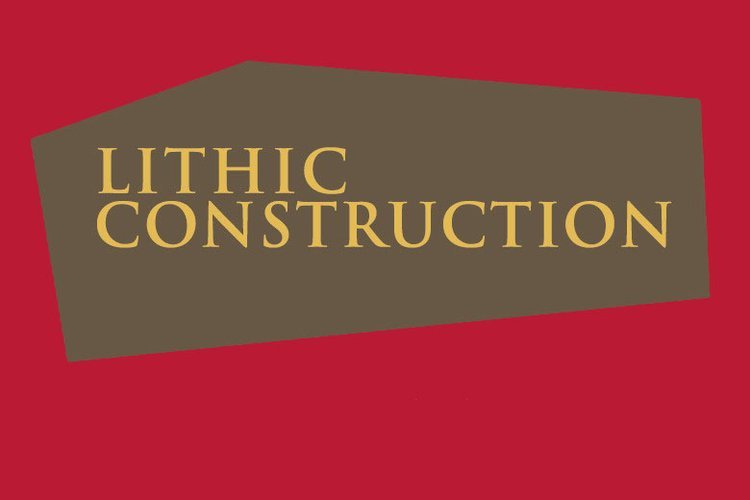New City Arts presents Kincentricity, an exhibition of prints and sculpture by Abigail Wilson and works on paper and drawings by Zoé Edgecomb.
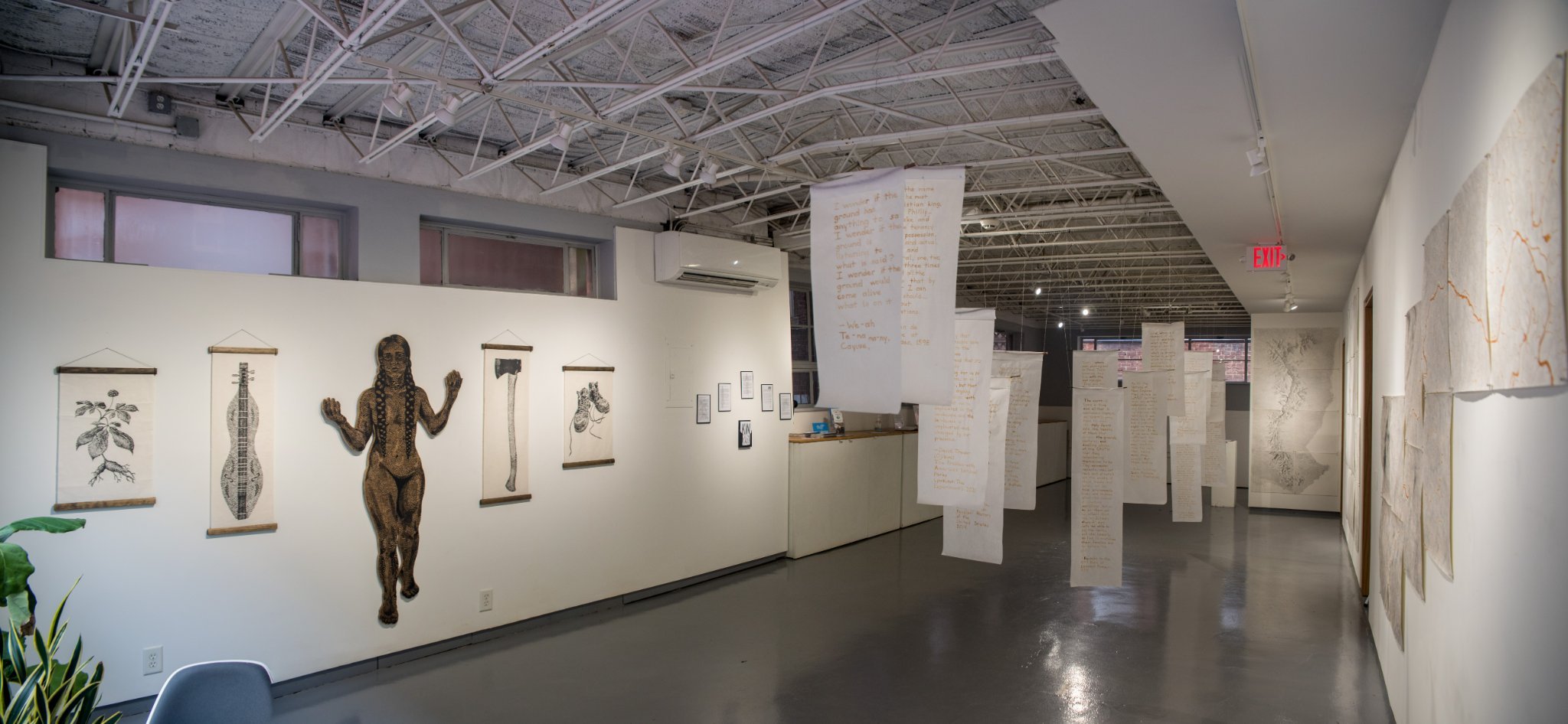
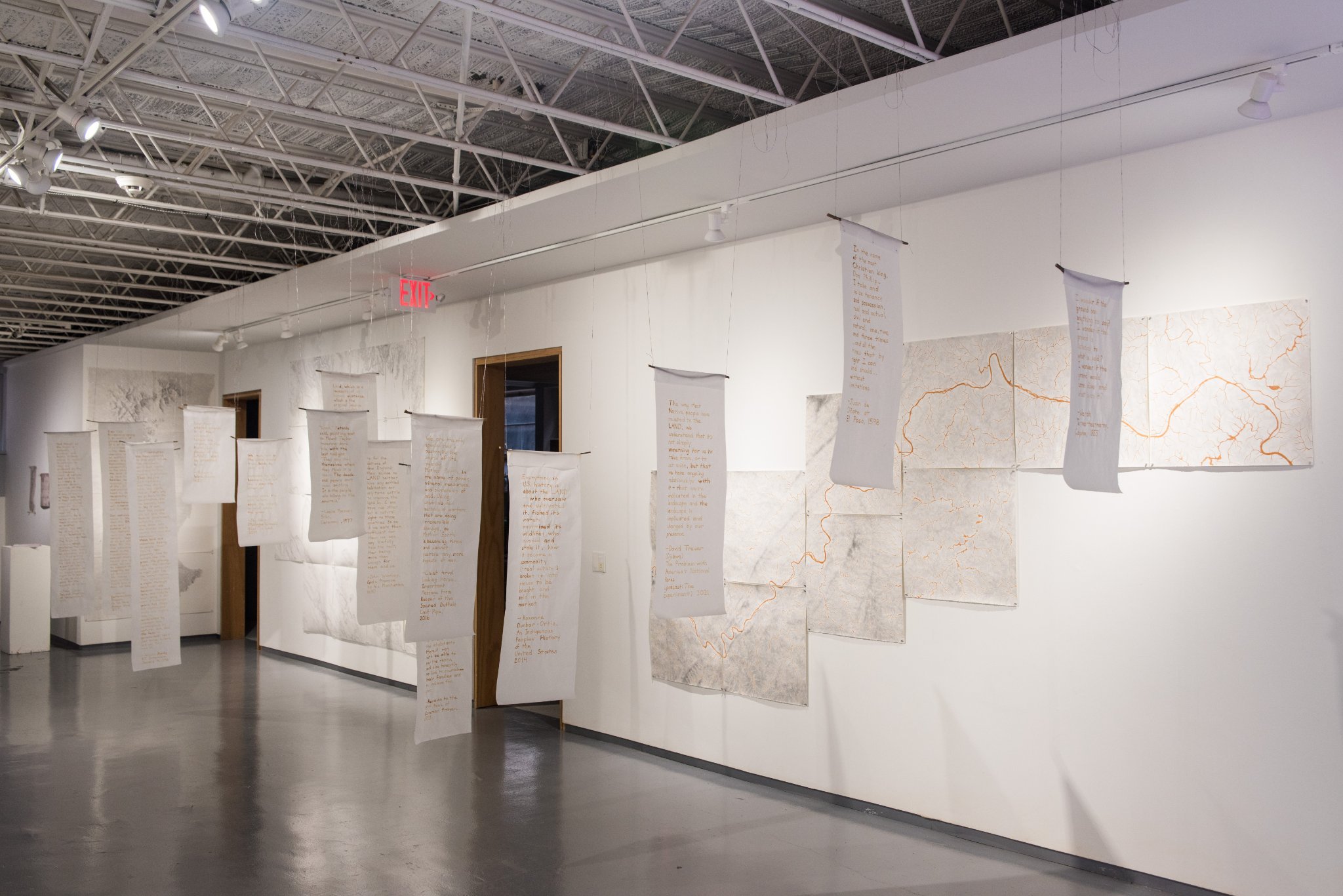
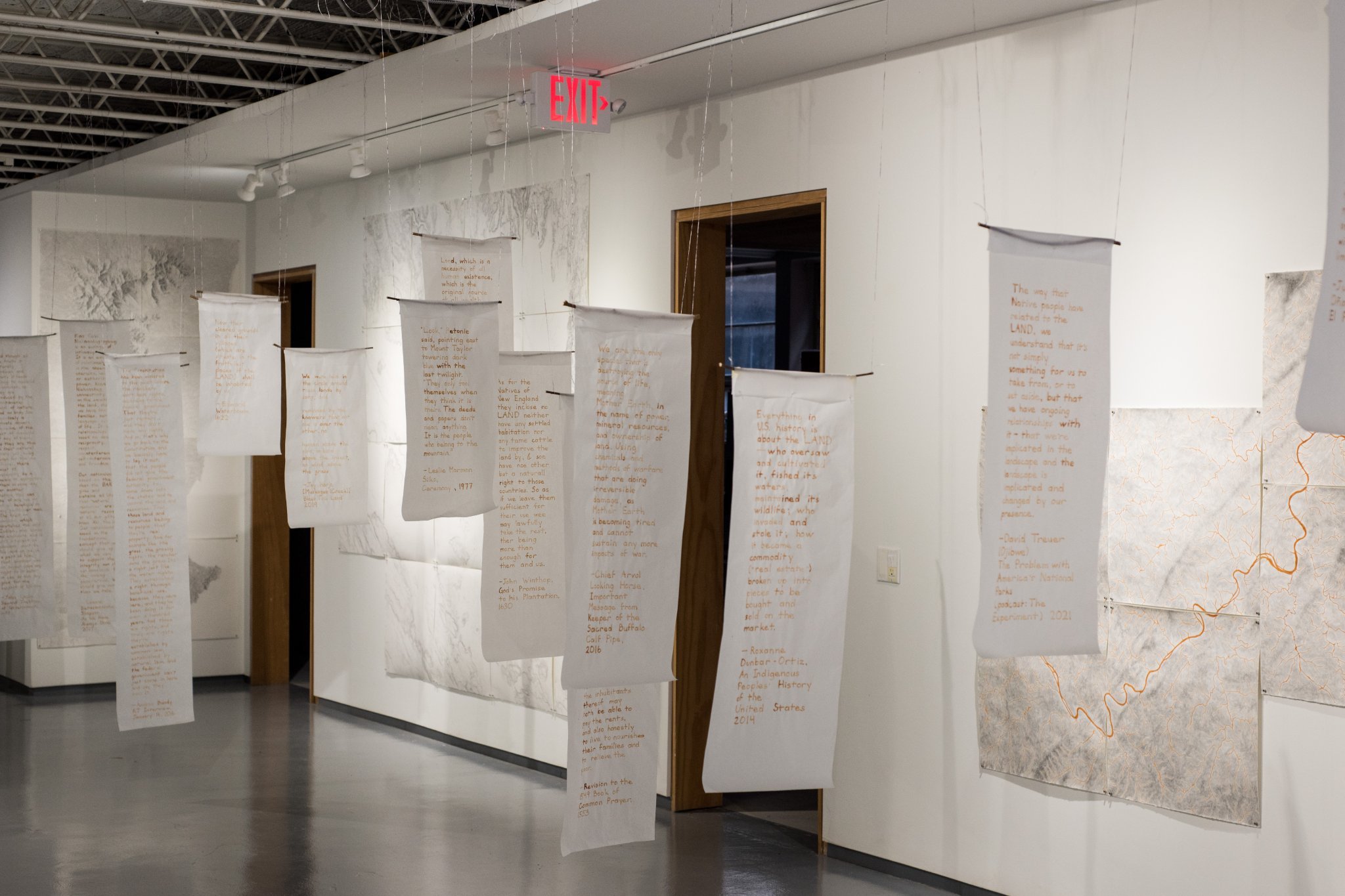
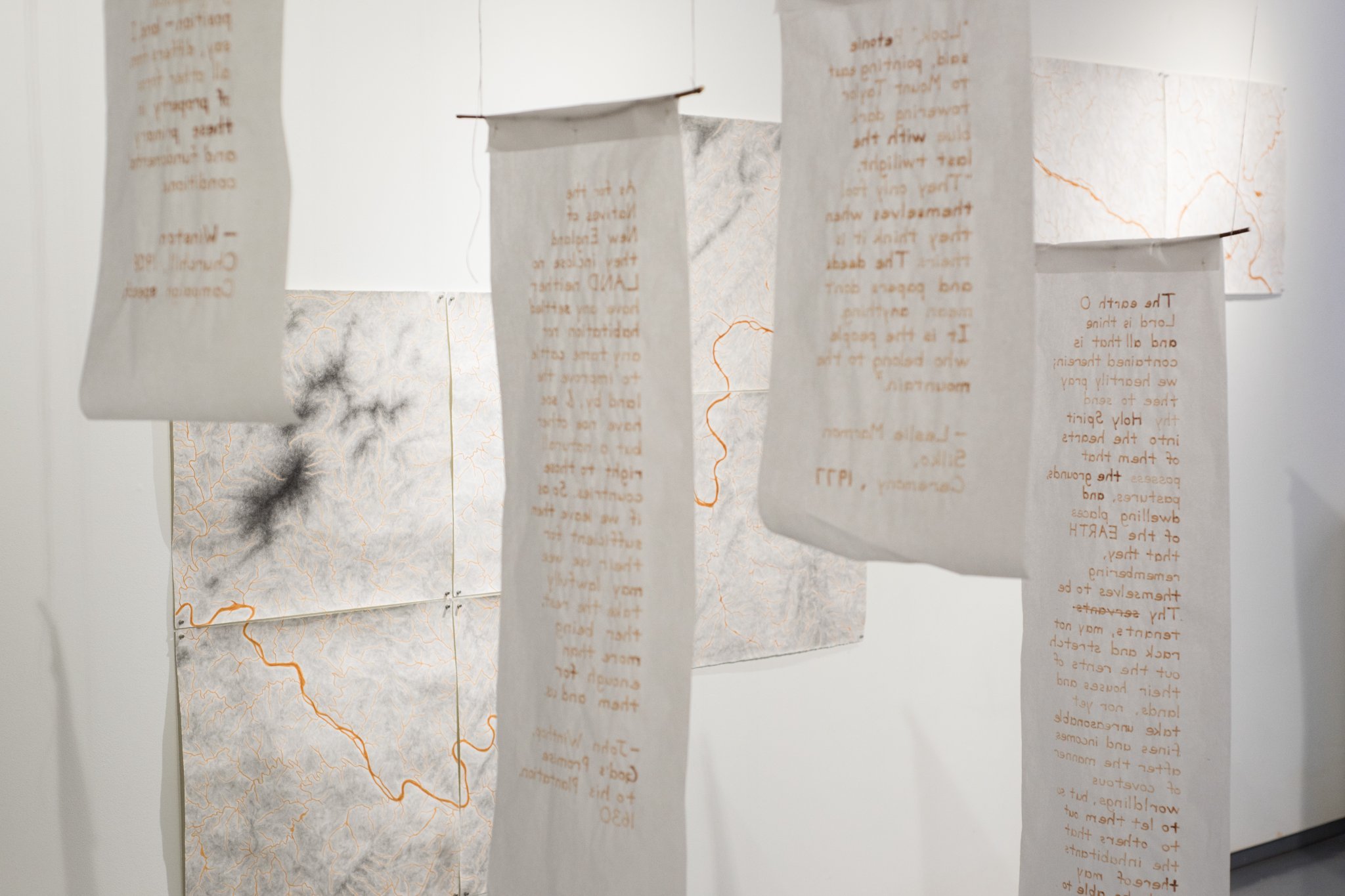

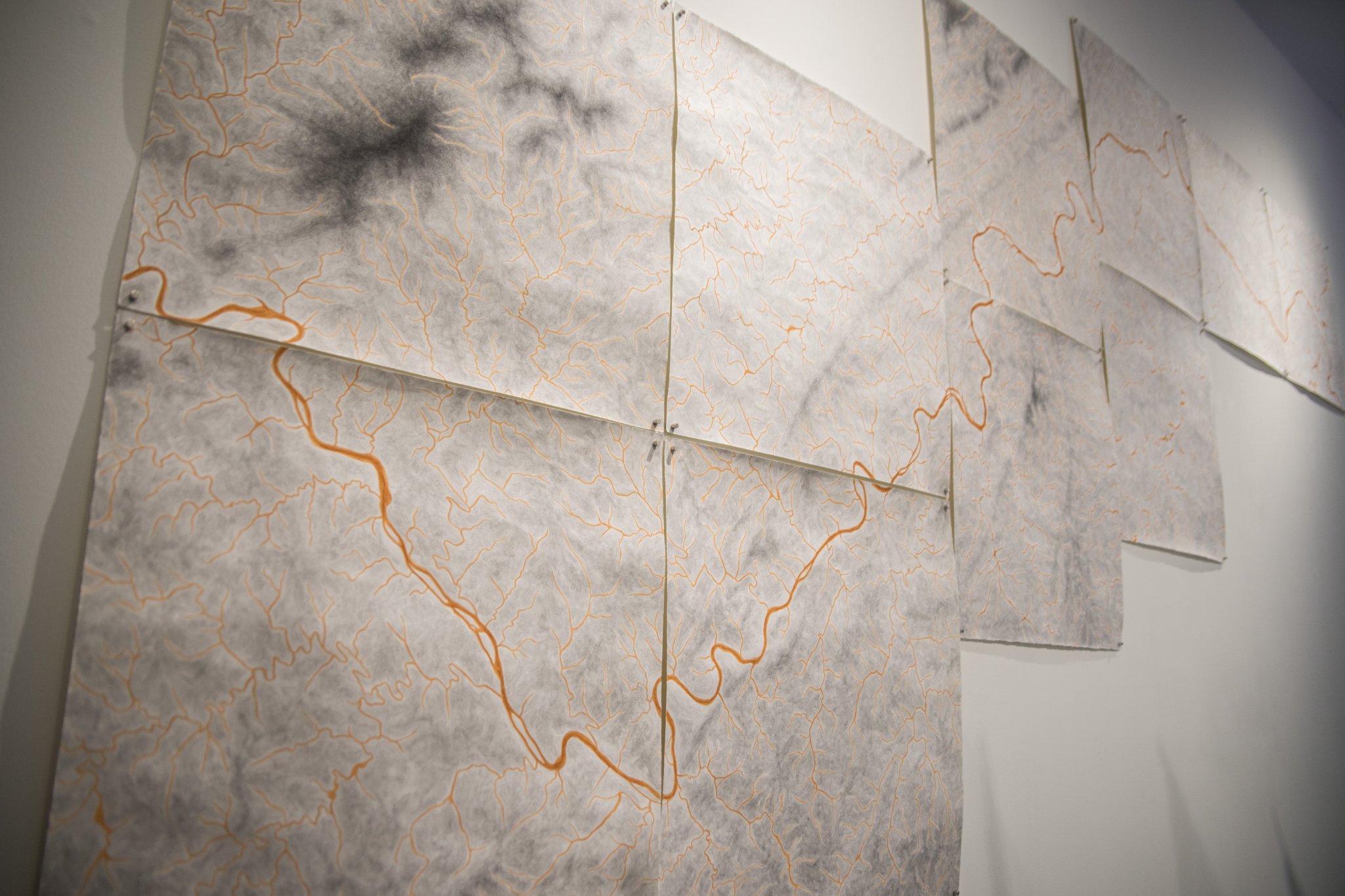
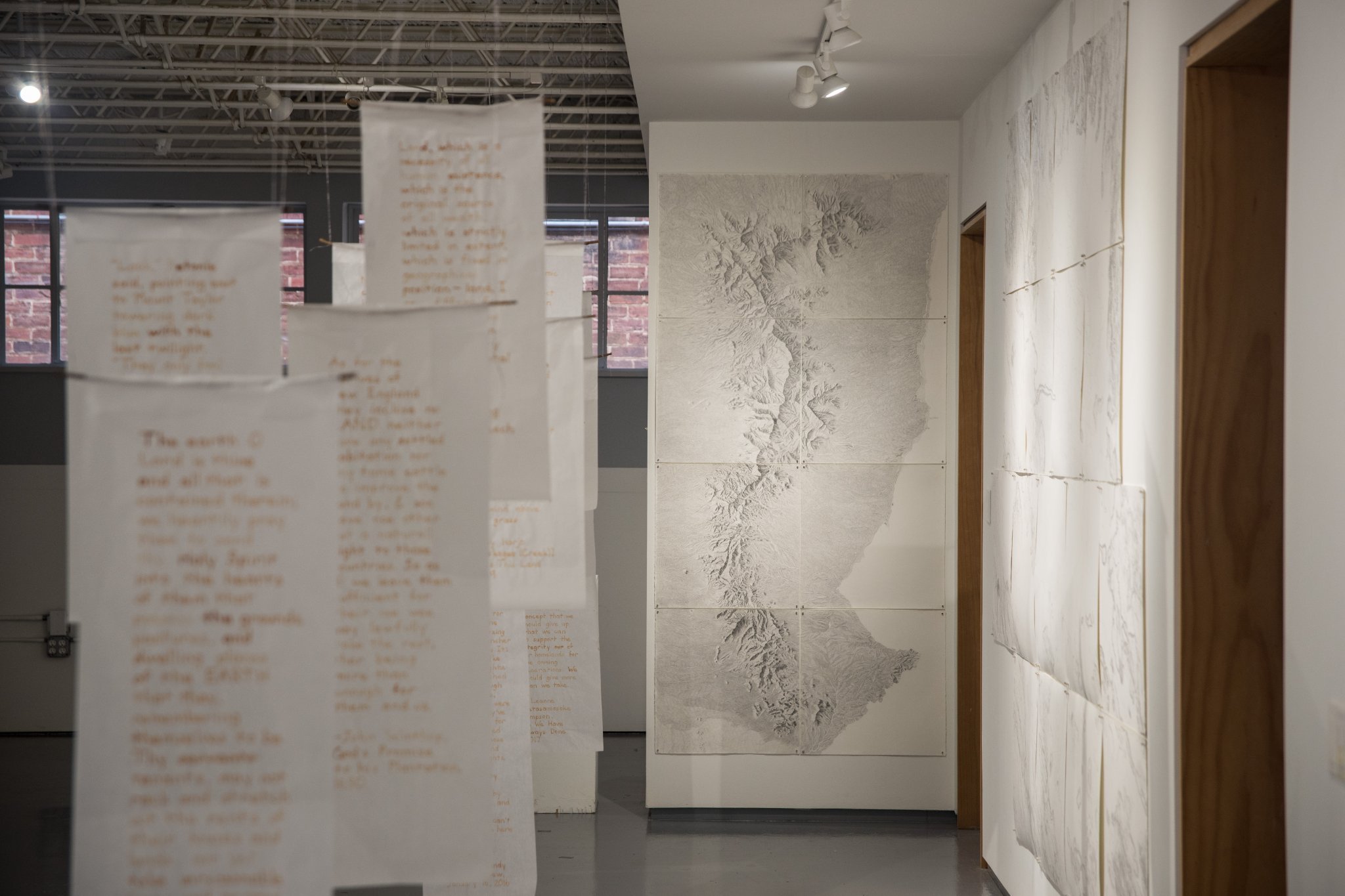
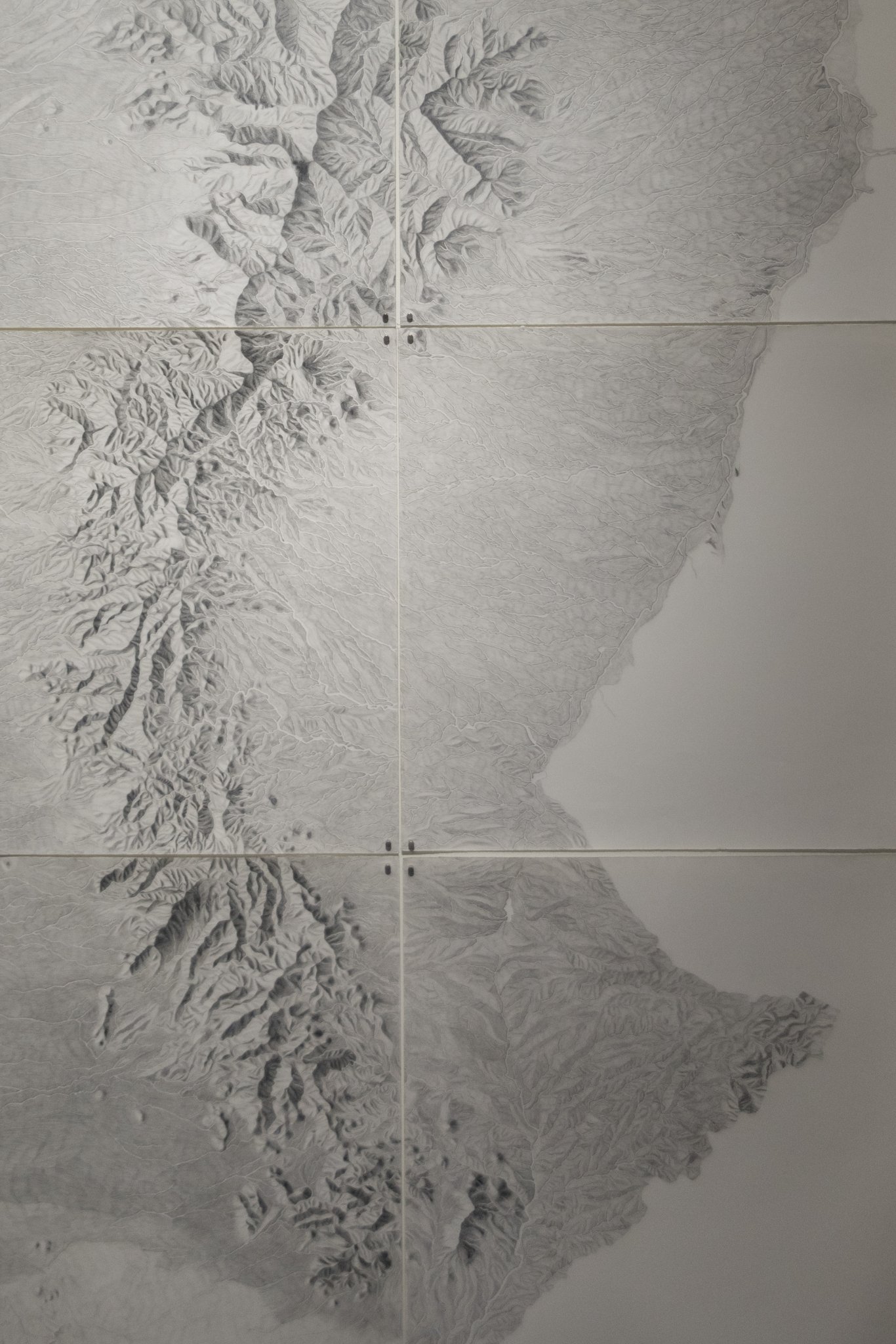
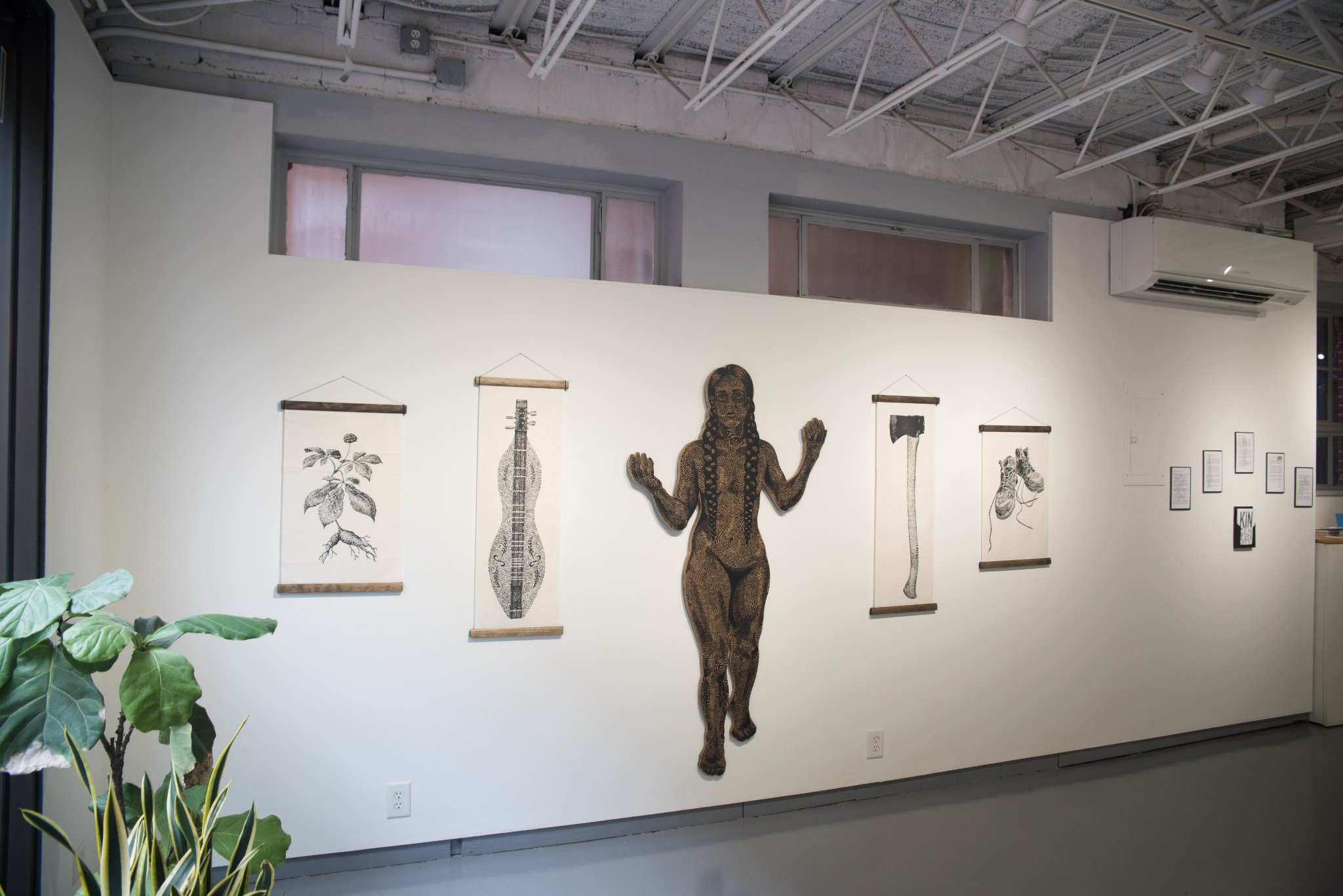
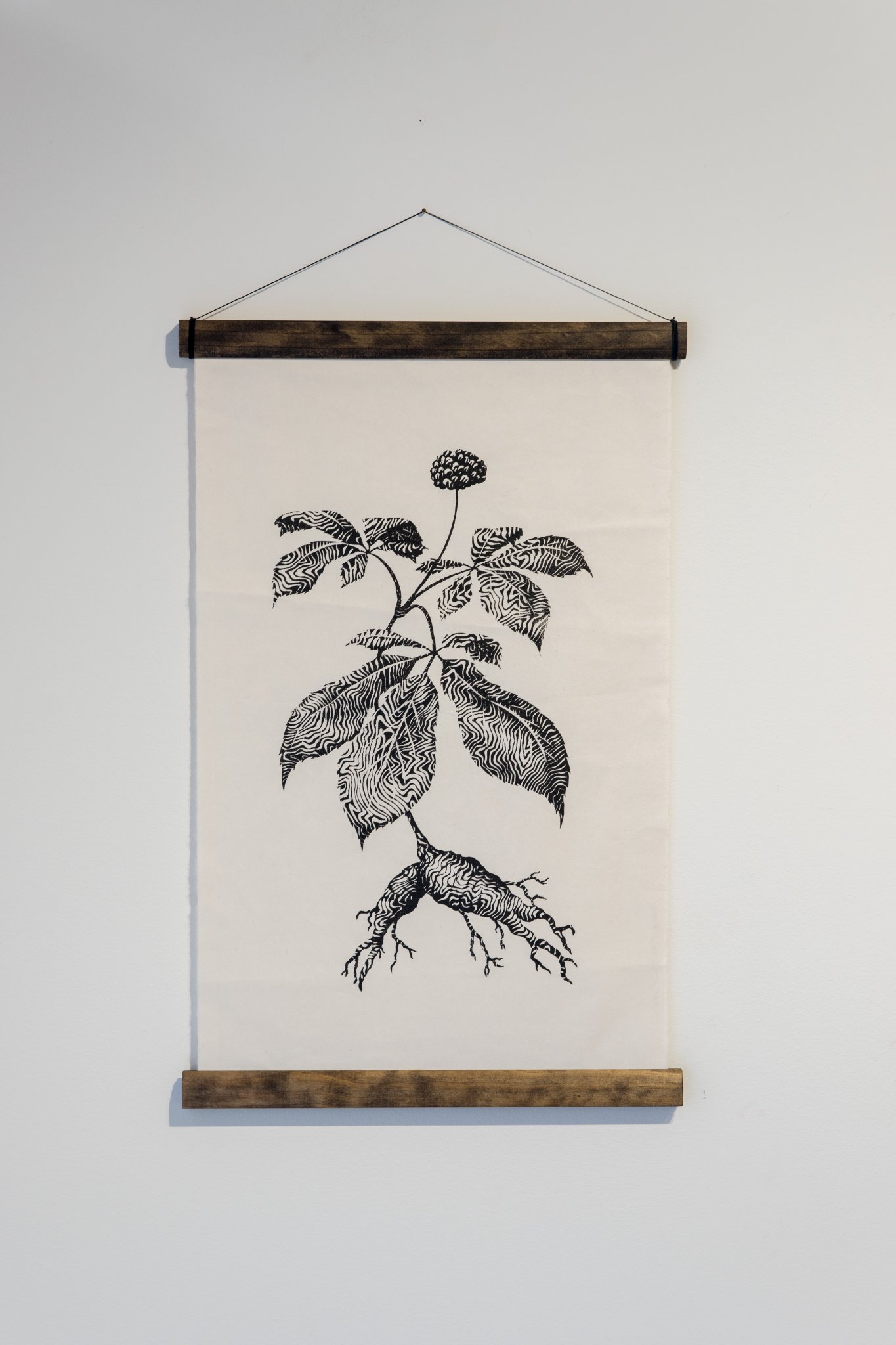
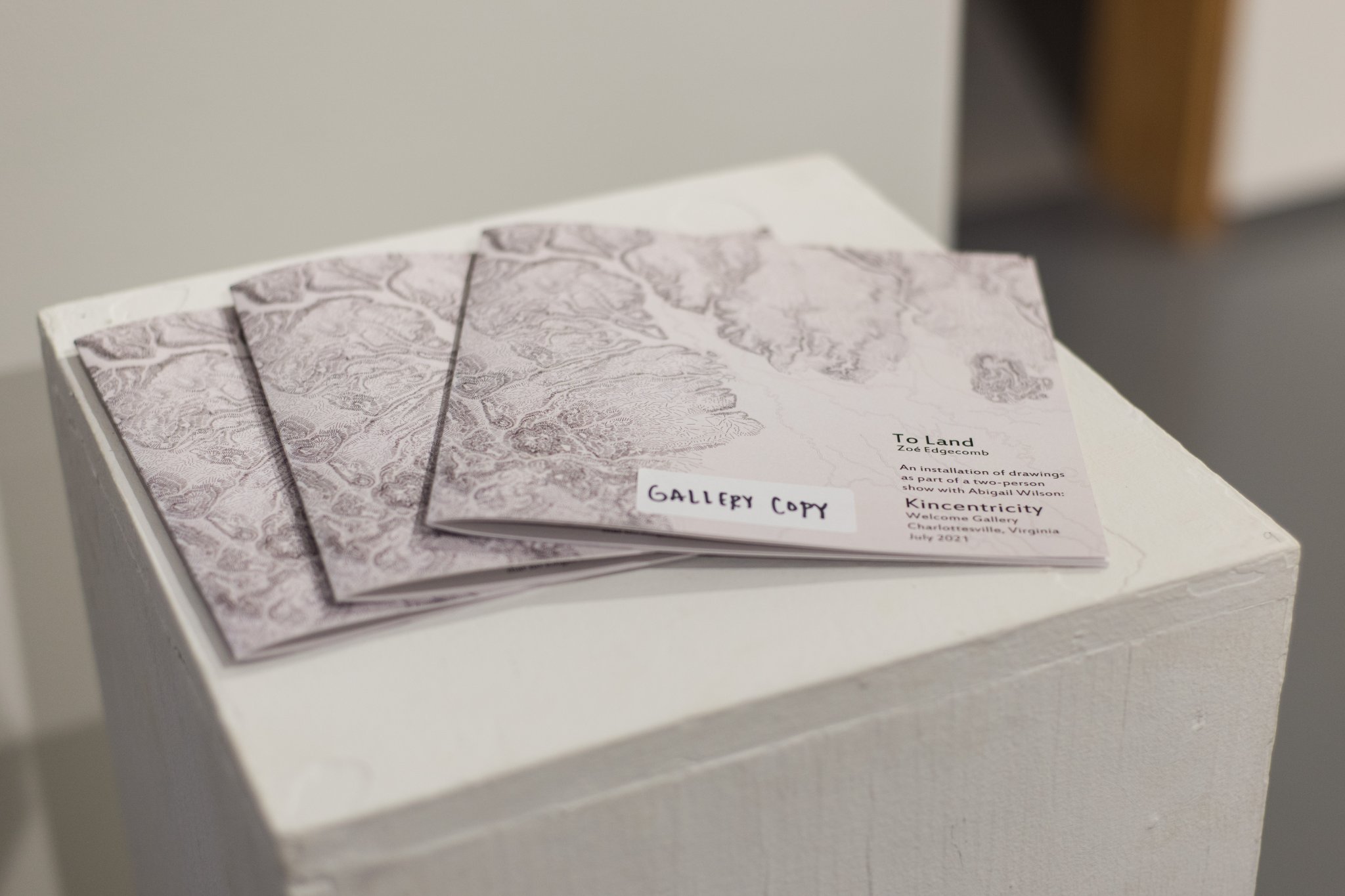
Photos by Kori Price Photography
New City Arts' Welcome Gallery
114 3rd St. NE, Charlottesville, VA 22902
First Fridays
July 2, 4:00–7:00 PM
Free and open to the public. All ages welcome.
This exhibition was originally scheduled for 2020 and postponed to July 2021 due to the COVID-19 pandemic.
Gallery Hours
Wednesday-Friday from 9 AM-Noon and Saturdays from 10 AM-1 PM
Exhibition Events
Printmaking Demo with Abigail Wilson: July 10 from 11 AM-1 PM
Artist Talk (Virtual): July 14 at 7:30 PM
Clay Ink Demo: July 17 from 1-3 PM
Covid-19 Visitor Policy
In order to accommodate families with kids under the age of 12, masks are required at July's First Friday opening, family-friendly Saturday hours, and family-friendly workshops. Wednesday, Thursday, and Friday, fully vaccinated visitors can but are not required to wear masks.
Sponsors
This exhibition is generously sponsored by Lithic Construction.
Exhibition Statement (courtesy of the artists)
Landscapes shift and shudder under phenomenal forces: the harsh freeze of winter, the persistence of eons, the scrape of machinery serving suspect designs. In reflection of these changing terrains, we humans step from one form of relationship with the land to another as our needs and communities change.
At the heart of the Western relationship to land lies separation. We pick up a map and we see destinations and resources, but we often fail to feel the rise of the sap. A prevailing belief in dominance over nature creates a boundary between ourselves and the systems of ecology which determine our abundance and survival. Just like the arbitrary outlines of state or territory, this boundary imparts a narrative of conflict and detachment.
What if we could dismantle these structures of separation and rediscover a sense of harmony?
This exhibition seeks to tell a different story, one much older than either artist’s lineage on this continent. A story of the terrestrial roots from which we rise. A story which reimagines the depth and meaning of land — beyond our uses for it. A story in which the wind and our voices sing the same song.
When you look at yourself, do you see the earth? When you look at the earth, do you see yourself?
Notes on the Exhibition (provided by the artists)
The word used for the show title — kincentricity — was coined by Dennis Martinez, founder and co-chair of the Indigenous Peoples’ Restoration Network of the Society for Ecological Restoration International.
He intends the concept to “distinguish the Indigenous principle of kinship from the Western dichotomy of biocentricity vs. homocentricity”, emphasizing a framework of relationship that includes reciprocal obligations between humans and the natural world.
The maps used for the works in this exhibition encompass unceded lands of the Shawanwaki, Hopewell, S’atsoyaha, and Northern Paiute peoples, the Monacan Nation, the Cherokee Nation, and the Tohono O’odham Nation.
About the Artists
To land: an arrival, coming to the ground, the end of a flight
To land: a trajectory, a direction, the aim of a path
To land: a dedication, an address, an appeal
To Land brings together the process of drawing and an excavation of literature to explore beliefs about the human connection to earth. As a technique for representing the land, mapping has deep associations with colonialism. Modern maps are grounded in ideas of possession, and by extension, a view of the earth as a resource. The Indigenous people of this land see instead a relational system, where more-than human beings and the earth itself are embraced as kin. These different viewpoints find substance in words across centuries. They form a veil over the landscape — one through which we can see, or like a winged insect, move to the space between.
Each of these maps represents a place that has significance to the First People of this country. Each is currently a site of conflict, disrupted by borders and conflicting notions of ownership. What are the beliefs that inform our actions on the land? Where do they come from? This project tries to trace that trajectory across time and cultures. To land, to land, to land.
Thanks to Chief Kenneth Branham, Roxanne Dunbar-Ortiz, Vicky Ferguson, Jeff Hantman, Eric Hawley, Guy Lopez, James Martinez, and Krystal Two Bulls for their time and contributions to the development of these works.
The evolution of Homo sapiens — maker of tools and gods and the Self — has unfolded in ever more abstract, complex ways of being. Our connection with the land has, over generations, become mediated through objects: tools to tame and destroy, instruments of pleasure and community, girdings of comfort and health. How often do we offer reciprocity for what we have taken, for what we have been gifted?
How often do we recognize that the force of life in our veins is the same as that swimming through rivers or stretching towards sunlight?
This body of work acknowledges the places destroyed to feed our need for domination and surplus. It hails the hollers where we learned to tune the forest towards the joy of community. It asks you where you embody different archetypes of relationship: are you a voyeur, or a participant? Are you exploiting or honoring? More than anything, it encourages you to become aware of the landscapes which have made you who you are.
In the space where one thing becomes another, Abigail dreams a story where the individual and the collective are one — where we are in right relationship with each other and with all of life.
Artwork images provided by the artists, Abigail Wilson (left) and Zoé Edgecomb (right).


